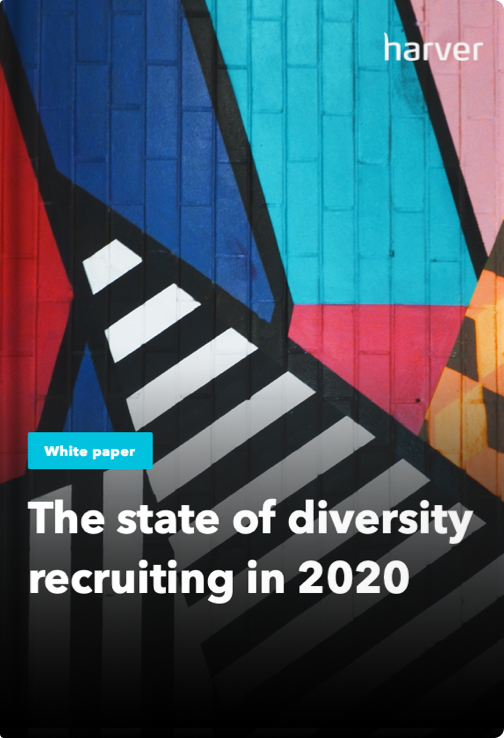We live in an exciting age. Globalization has created what’s sometimes called a borderless world. If you wanted to, you could hop on a plane and be on the opposite side of the globe in under a day.
Of course, globalization has also fundamentally changed the way we work. This has many benefits for employers and employees alike. However, recruiting and retaining a global workforce also brings its own challenges for the companies.
We’ll look at four of these challenges and how to avoid them. That way, you can maximize the benefits of globalization for your organization.
What’s in?
- Hiring in a globalized world
- Managing diversity in the workplace
- Managing multiple locations
- Recruiting and retaining remote workers
But first, let’s see how globalization changes the world of work.
Like what you see?
Don’t miss out. Subscribe to our quarterly digest to get the latest TA and TM resources delivered right to your inbox.
How globalization changes the workplace
For hiring managers, the most important thing to realize about globalization is that skilled workers have never been more mobile. This has two main effects in the world of work:
- Hiring managers essentially have a global talent pool to draw from
- Workers can seek out new and better opportunities all around the globe
These are two sides of the same coin, but it’s worth considering them separately as each creates a different set of challenges.
For example, drawing from a global talent pool carries responsibilities. If you hire internationally, the candidates may need help with relocation. As we’ll see, a global workforce also creates new challenges for managers in their day to day work.
By contrast, the fact that your existing workers are more likely than ever to up sticks and relocate makes retention that bit harder.
So what are the main challenges in hiring and retaining great international talent within your global workforce and how to overcome them?
Let’s get right to it.
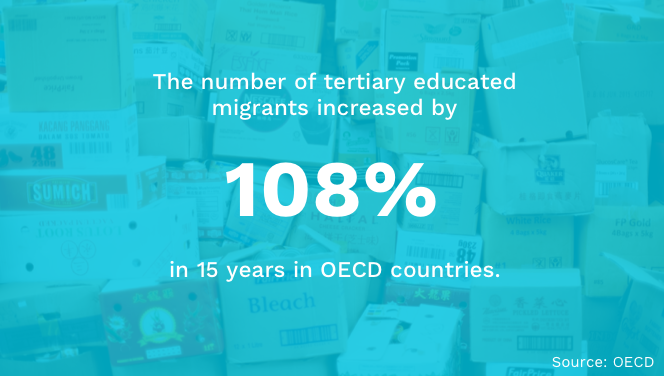
…and the total number of migrants also grew significantly, largely due to the interconnectedness of the contemporary world.
1. Hiring in a globalized world
While you may be excited about the prospect of a global talent pool, one thing to keep in mind is that everybody else is too. In other words, there are more potential hires out there, but there is also more competition.
This means that you need a strong global talent acquisition strategy.
As with any acquisition strategy, this begins with defining your business needs. This helps you to figure out which regions you should be targeting for your potential hires, get to know the local markets and their specifics, and start building contacts in the region.
Taking a regional approach to global talent acquisition also helps you tailor your outreach process and, ultimately, your offer to the local norms.
However, you should also work with individual hires to work out what the best employment offer is for each of them, especially in terms of relocation, help with immigration processes and visa sponsorship.
Keep in mind that the country you’re hiring for will have different visa requirements for different nationalities too.
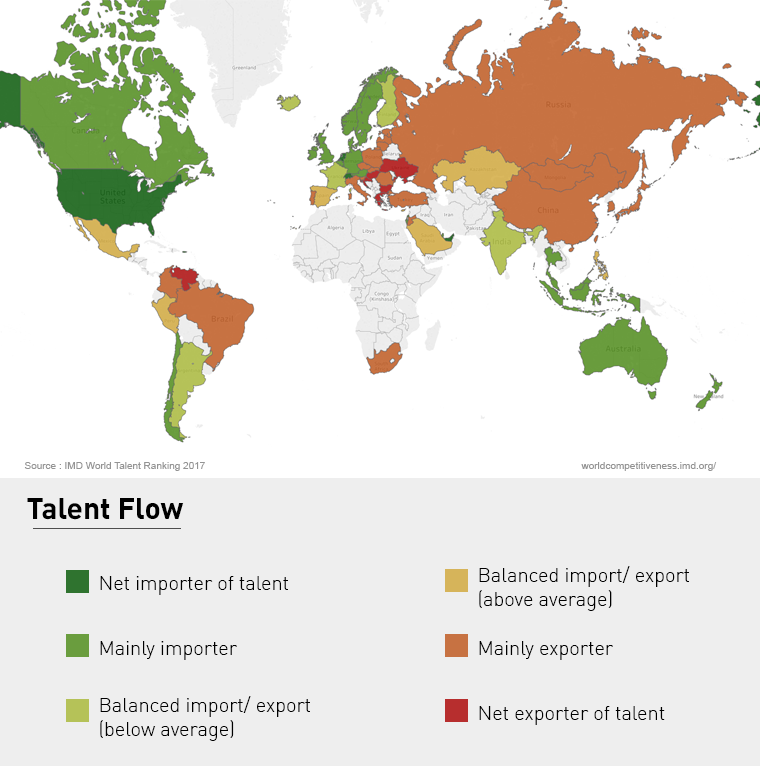
When hiring globally, it is important to stay on top of migration trends. For example, almost 70% of high-skilled migrants to OECD go to the United States, the United Kingdom, Canada and Australia.
2. Managing diversity in the workplace
Once you’ve got a strong global talent acquisition strategy in place, it’s time to start thinking about how to manage a more culturally diverse workplace. Business leaders are pretty much unanimous in thinking that workplace diversity carries many benefits, including better collaboration and even higher profitability.
Diversity can also bring management challenges. In extreme cases, this can be a result of outright prejudice or intolerance. Obviously, these are serious issues that require robust disciplinary procedures.
However, the more subtle issues are often harder to resolve. For example, cultures that appear very similar on the outside can often have very different social cues and expectations, even within simple conversations.
This is why English people and Americans struggle to understand each other’s humor.
These issues can build up to the point that they create inefficiency in your processes. They can also hurt employee retention, so it is necessary to start paying attention to them early on.
The importance of cultural intelligence
Being able to spot these little differences and adapting your communication accordingly is part of what’s called cultural intelligence or cultural awareness. High levels of cultural intelligence are an increasingly important trait in the modern workplace.
Cultural intelligence can be broken down into four main abilities. These are:
- Ability to absorb information about other cultures
- Being able to behave in certain ways depending on the cultural context
- Creating energy in yourself and your team to deal with unfamiliar or challenging cultural experiences
- Being able to synthesize cultural knowledge to decide if certain actions are culturally appropriate
One way to maximize your team’s cultural intelligence is to prioritize this skill during the hiring process. This can be done using personality questionnaires while screening candidates and also by asking specific interview questions like:
- Describe a situation that required you to consider a different perspective from your own when exploring an issue.
- Tell me about a time recently when you had to take someone’s cultural perspective into account in dealing with them.
Of course, no one is born with impeccable cultural intelligence, so you should also build this into your leadership training.
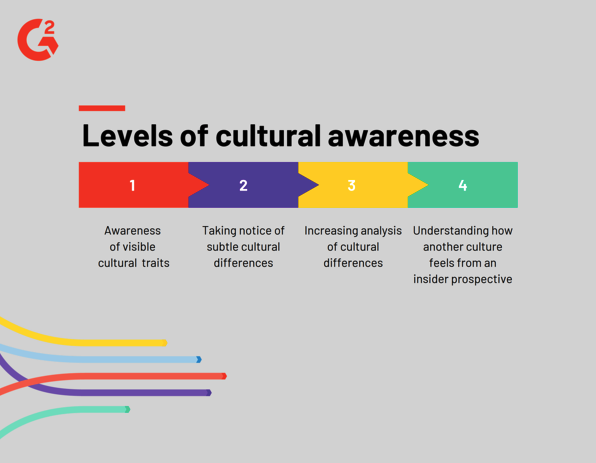
You should try to build a global workforce with high levels of cultural intelligence to be able to grow your organization successfully.
Creating inclusive environment
You can also maximize the benefits of workplace diversity by improving your processes. For example, your onboarding process for international talent should include periodic check-ins to find out if they’re experiencing any intercultural issues and how they are adapting to the new environment.
Additionally, build processes to create intercultural learning experiences within your team. Luckily, this usually happens naturally if you create a social atmosphere, either through team-building exercises or away-days.
In this sense, creating the right environment for an effective global workforce is as simple as keeping morale high generally. By fostering a friendly and open workplace, you’ll create an environment which your international talent won’t want to leave.
The state of diversity recruiting in 2020
3. Managing multiple locations
Naturally enough, a globalized workplace doesn’t end at the doors of your head office. If your business is over a certain size, there’s a good chance you’ll also have to manage teams around the world.
If you’re only used to managing small local teams, this is a pretty big step up.
The core skills of management are the same. That is, your goal is to help your staff meet their full potential. The trouble is, there are barriers preventing you from doing this. Chief among these are things like oceans and time zones.
Let’s take a look at how to manage global teams to maximize employee retention.
Delegating effectively
When you’re managing multiple locations, your shortcomings can be amplified. This is especially true if you’re prone to micromanagement. The crux of this is that micromanagement drives talent away.
Almost 70% of workers would consider changing jobs when faced with micromanagement.
This is made magnitudes worse when you’re being micromanaged by someone on the other side of the world. As such, it’s vital to have effective delegation across different locations and have an effective business development plan in place.
An easy way to think about this is the distinction between task-oriented and outcome oriented management. When you’re managing multiple locations from head office, you should only concern yourself with outcomes and leave the process to your top person in each office.
Working across different locations also raises the question of what to delegate, especially with regards to complying with regulations. For example, different countries have very different labor laws or safety standards.
In some cases, it is worth delegating compliance with regulations to each region. In others, it is cheaper and more effective to adopt the highest standards across all of your locations. The obvious example of this is GDPR compliance.
Maintaining communication
Be warned! Delegation doesn’t give you a free pass to check out entirely. Rather, it’s important to maintain communication and relationships with team members at all levels across locations.
One reason for this is that if you only communicate with a team through one contact point, you’re never going to find out about problems caused by that person’s management.
International communication creates challenges of its own. Timezone permitting, you may wish to have a regular standup with each of your teams via video chat.
Alternatively, employee surveys are an easy and practical way to gauge satisfaction across different teams. This allows you to identify issues before they become an employee retention issue.
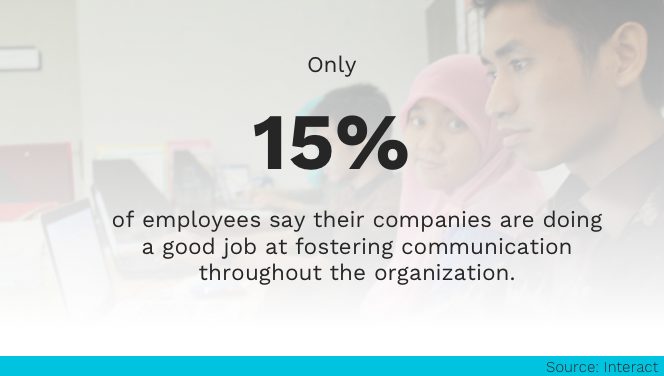
In general, many employees are not happy with how their companies are taking care of internal communication. The problem can get even worse in organizations with multiple locations. Effective communication within the company should be one of your top priorities when building a global workforce.
Showing your face
Of course, the best way to build relationships with your global teams is to communicate with them in person. You may endeavor to have someone from the head office visit each location every year or even every quarter.
Alternatively, many companies opt to hold annual all-staff meetings in a central location. This is a great way to foster a sense of community among your global workforce. In turn, this encourages employee retention.
4. Recruiting and retaining remote workers
One other workplace trend under globalization is the rise of distributed workforces. This is when your staff isn’t really in any fixed locations at all. These are normally referred to as remote workers.
These people may work from home, or they may even travel the world full time.
The popularity of remote work is only growing, but once again, it creates challenges. This is true right across the hiring lifecycle, from finding the right talent to making them stick around.
Finding remote talent
One of the easiest ways to find remote talent is through dedicated job boards. The most popular among these are FlexJobs and WeWorkRemotely. There are also specific groups on both Facebook and LinkedIn.
Beside the differences in sourcing remote candidates, the hiring process for remote workers also has its specifics. Beyond arranging for a video interview, you might want to pay extra attention to referrals. Together with asking the right interview questions, this is essential to assess a candidate’s self-management skills.
Remote workers are an individualistic breed. As such, it pays to work together to come up with a compensation package that suits them.
For example, it’s normal to provide health insurance as a perk for office-based staff. This may not be feasible for a worker who is mobile and works while traveling internationally. It may be more appropriate to offer a fixed budget for them to cover their own insurance needs.
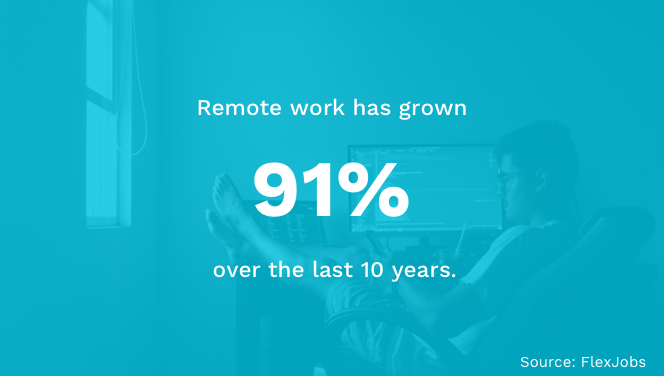
Remote work continues to grow and more employees prefer this way of working. It can also be a way for you to get access to talent that you wouldn’t normally be able to reach.
Retaining remote talent
Retaining remote workers is also a unique challenge. There’s no getting around the fact that it’s hard to build loyalty with employees you may not have even met. Don’t despair though; there are plenty of things you can do to retain remote talent.
A big part of this is the ability to be creative with your benefits package. Keeping in regular contact with your remote workers will allow you to spot opportunities to make their working lives that bit better.
A popular way to do this is by offering membership to a co-working space for all of your remote workers. You may equally want to offer a flexible holiday scheme to address the challenges of remote and mobile work, especially since remote workers tend to work longer hours anyway.
Wrapping up
There are no two ways about it; hiring and retaining a global workforce is hard work. However, it can also be incredibly beneficial to all involved. As we have seen, globalization offers more options and opportunities for employers and employees alike.
It is vital to make sure your organization is ready for a more diverse and dispersed workforce. Essentially, this comes down to effective communication, both within individual locations and between them.
| About the Author: Owen Baker is a content marketer for Voila Norbert, an online email verification tool. He’s spent over a decade in online marketing, working in global teams. He enjoys sharing his knowledge across a range of websites. |
The state of diversity recruiting in 2020

